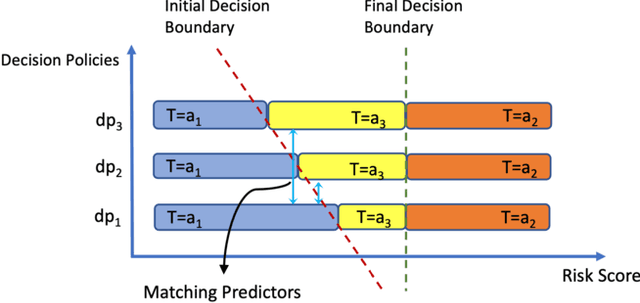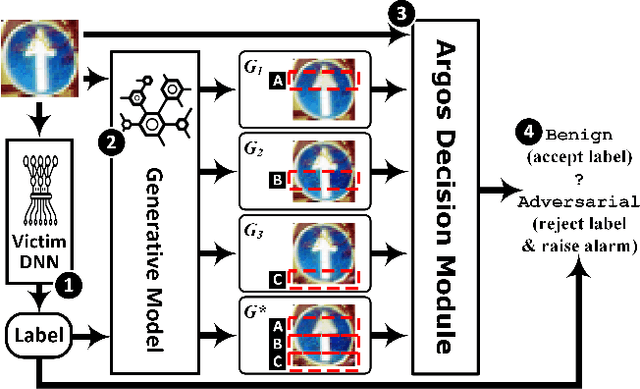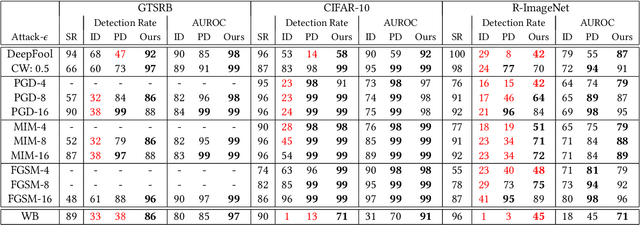Sohaib Kiani
Counterfactual Prediction Under Selective Confounding
Oct 21, 2023



Abstract:This research addresses the challenge of conducting interpretable causal inference between a binary treatment and its resulting outcome when not all confounders are known. Confounders are factors that have an influence on both the treatment and the outcome. We relax the requirement of knowing all confounders under desired treatment, which we refer to as Selective Confounding, to enable causal inference in diverse real-world scenarios. Our proposed scheme is designed to work in situations where multiple decision-makers with different policies are involved and where there is a re-evaluation mechanism after the initial decision to ensure consistency. These assumptions are more practical to fulfill compared to the availability of all confounders under all treatments. To tackle the issue of Selective Confounding, we propose the use of dual-treatment samples. These samples allow us to employ two-step procedures, such as Regression Adjustment or Doubly-Robust, to learn counterfactual predictors. We provide both theoretical error bounds and empirical evidence of the effectiveness of our proposed scheme using synthetic and real-world child placement data. Furthermore, we introduce three evaluation methods specifically tailored to assess the performance in child placement scenarios. By emphasizing transparency and interpretability, our approach aims to provide decision-makers with a valuable tool. The source code repository of this work is located at https://github.com/sohaib730/CausalML.
Two Souls in an Adversarial Image: Towards Universal Adversarial Example Detection using Multi-view Inconsistency
Oct 11, 2021



Abstract:In the evasion attacks against deep neural networks (DNN), the attacker generates adversarial instances that are visually indistinguishable from benign samples and sends them to the target DNN to trigger misclassifications. In this paper, we propose a novel multi-view adversarial image detector, namely Argos, based on a novel observation. That is, there exist two "souls" in an adversarial instance, i.e., the visually unchanged content, which corresponds to the true label, and the added invisible perturbation, which corresponds to the misclassified label. Such inconsistencies could be further amplified through an autoregressive generative approach that generates images with seed pixels selected from the original image, a selected label, and pixel distributions learned from the training data. The generated images (i.e., the "views") will deviate significantly from the original one if the label is adversarial, demonstrating inconsistencies that Argos expects to detect. To this end, Argos first amplifies the discrepancies between the visual content of an image and its misclassified label induced by the attack using a set of regeneration mechanisms and then identifies an image as adversarial if the reproduced views deviate to a preset degree. Our experimental results show that Argos significantly outperforms two representative adversarial detectors in both detection accuracy and robustness against six well-known adversarial attacks. Code is available at: https://github.com/sohaib730/Argos-Adversarial_Detection
 Add to Chrome
Add to Chrome Add to Firefox
Add to Firefox Add to Edge
Add to Edge